1
HOME > Health & Fitness >
A GUIDE TO YOGA FOR RUNNERS
ONE OF THE MOST EFFECTIVE PREHABILITATION TOOLS
Written by Josh Douglas-Walton in Health & Fitness on the 1st February 2019
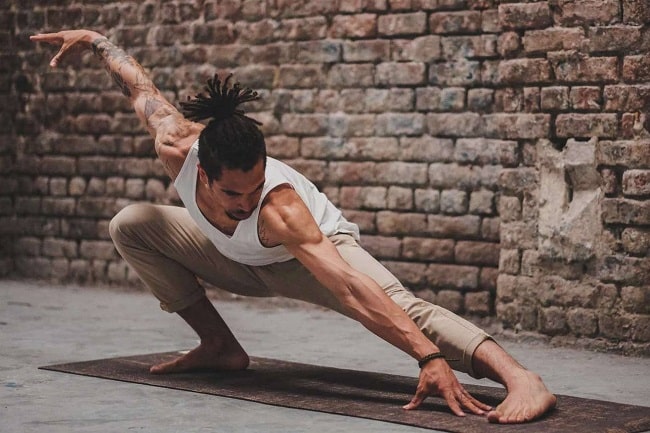
It doesn't matter if you're brand new to running or if you're a seasoned marathon runner on their way to a new personal best, none of us are immune to sore muscles, aches, pains, and in unfortunate circumstances, injuries. If you've spent weeks training for your first half marathon or all year for an ultra, there's nothing worse than an injury causing a setback, it's simply time that you're not going to get back. If you were looking to identify where things went wrong, the first place you might look is the training plan you've been following.
Most training models typically follow this pattern: as the event or race draws ever closer, a runner will gradually increase the volume and intensity of training. This process helps the body adapt to new strains and stresses, and generally improve. Simply put, the more you run the better you become. However, if an injury occurs, a runner might cut back on volume and intensity, introduce more cross training, and then focus on rehabilitation until they're fully recovered.
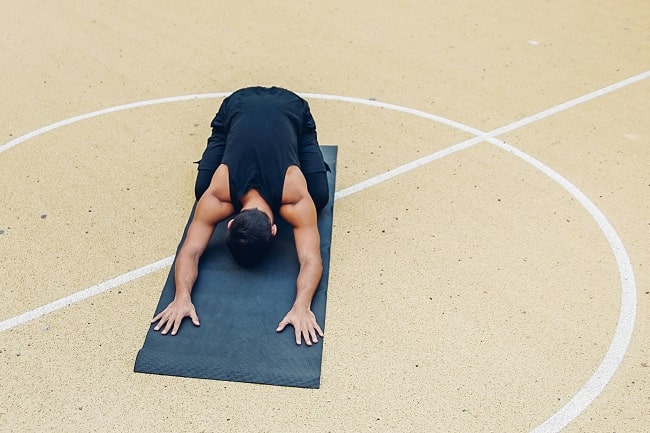
There is a better way to do this and it involves prehabilitation (or prehab), training that aims to prevent injuries before they even have a chance to occur. Yoga is without a doubt one of the most effective prehab tools at a runner's disposal and you can book a yoga instructor course to become an expert in this field. There’s nothing wrong with standard static (calf, IT band, glute, hamstring) stretches but yoga is an excellent dynamic alternative. For a start, with many yoga poses you’re never just targeting one muscle or group of muscles. Yoga can be used to take a whole body to prehab and recovery. It’s also great for lengthening tight muscles, the bane of most runners, strengthening the core, improving breathing technique, and also focusing the mind. Below, you'll find five poses (or asanas in yoga vernacular) you can immediately incorporate into training, and all you need is a mat.
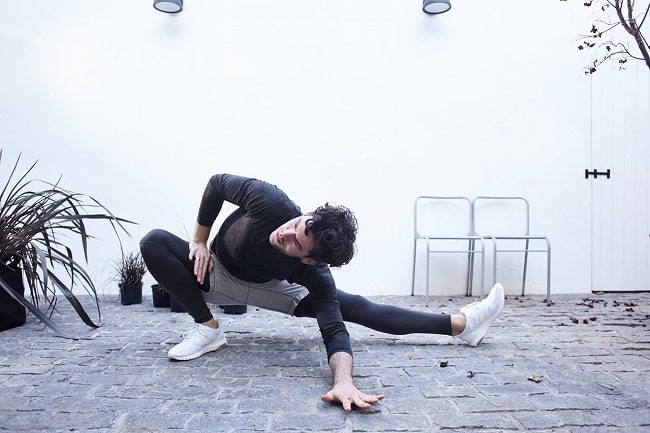
Downward-facing dog
Begin on all fours with hands ahead of the shoulders, tuck the toes under and lift the knees from the floor into an inverted ‘V’. Arms, legs and back should all be straight. Push the hands through and ease the heels down the floor - don't worry if you can't quite manage, this pose can be modified by bending the knees. Hold the pose for 10 breaths, breathing in and out through the nose.
Legs up the wall
Start by sitting sideways against a wall and bend the knees, allowing the upper body to relax. Swing the legs up the wall and turn the body into an upward position. Lengthen the spine, open the shoulders and place the arms by the side of the body. Hold until completely relaxed - this one is perfect post-run.
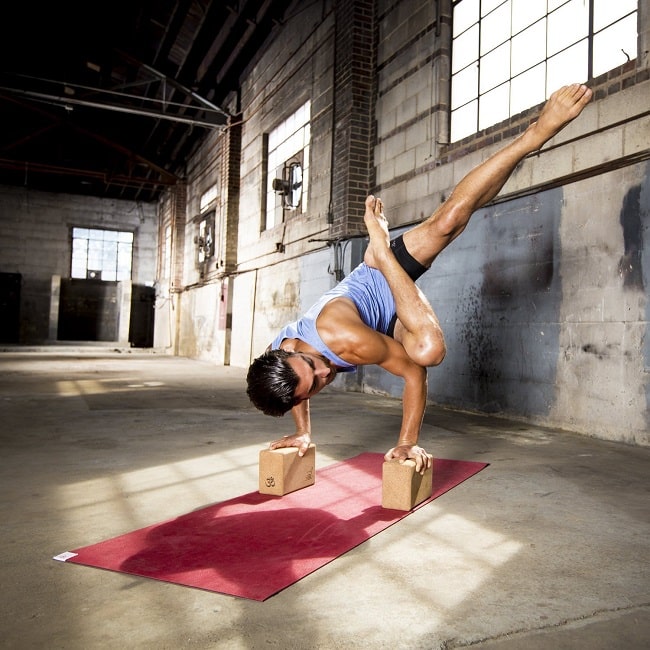
Head to knee pose
Start by sitting on your mat with the left leg extended straight out. Bend the right leg, placing the sole of the foot onto the left inner thigh. Ease the knee down towards the floor to open up the hips, folding forward to deepen the stretch. Hold for 5 long breaths and then repeat with the other leg.
Hero pose
Begin on your mat with knees together and feet just outside the hips, soles should be facing the ceiling. Push the feet down into the floor and release. This should be repeated up 10 times - if you feel any pain at all then place a yoga block or pillow below the hips to modify.
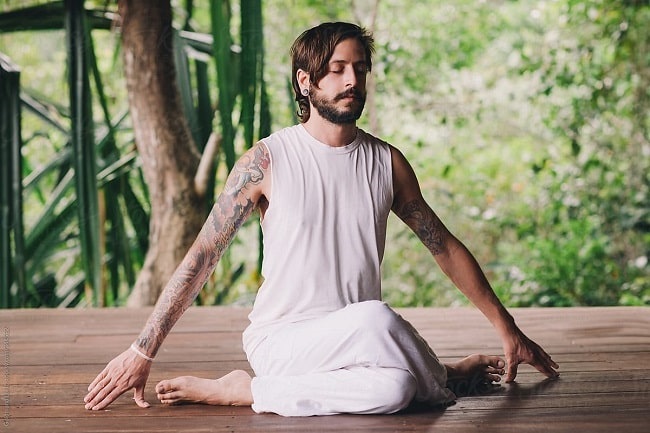
Extended Triangle pose
Start with the feet 4-5 feet apart and then square the hips. Pivot the right foot, knee and thigh outwards to 90 degrees and turn the left foot slightly inwards. Inhale whilst extending upwards, reaching the right hand towards the right toes. Raise the left arm towards the ceiling with the palm facing forwards
Trending
2
3
4
5
6
7
8
9
10








